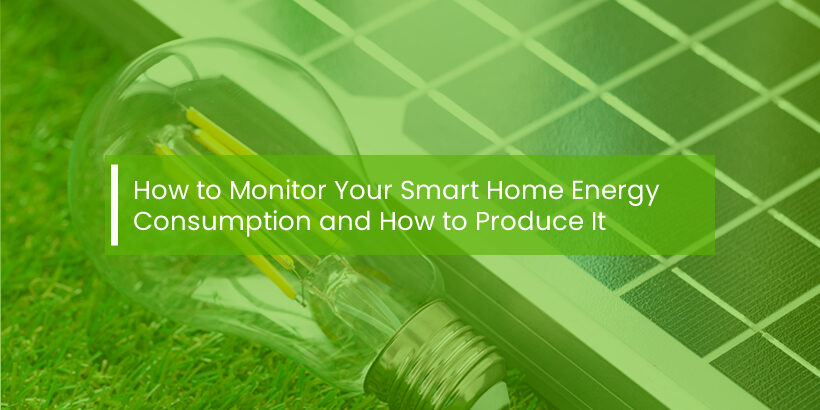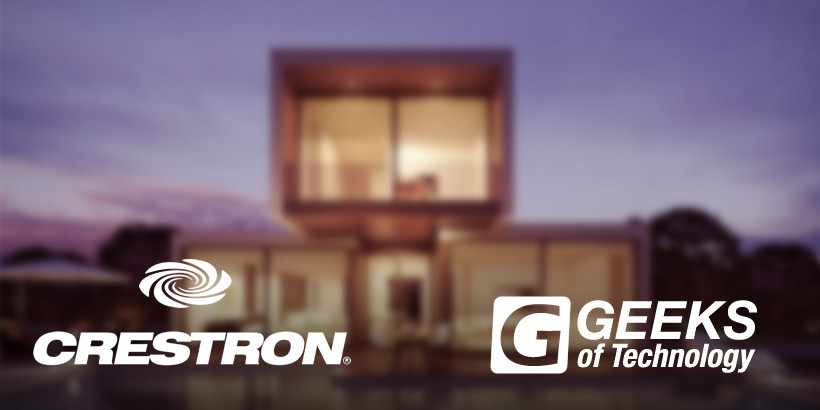If you’re concerned about your home’s energy consumption, you’re not alone. In fact, in 2019, approximately 73,445 energy-efficient homes (Energy Star certified) were built in the U.S, saving $20.3 million in electricity bills.
As a homeowner, looking to make informed decisions about how to save energy, it’s important to understand and track your home’s electricity usage. This blog will teach you how to monitor your energy consumption and produce green energy right from your home. By doing so, you’ll be on the path to sustainability and reducing your carbon footprint!
How to Monitor Your Smart Home Energy Consumption?
Get An Energy Monitoring Device
A home energy monitoring device is the gateway to the internal energy workings of your property. These devices connect directly to your electricity meter, gather data, and visually represent the data in charts, tables, and figures. Here’s what these devices offer:
- Information on the number of units you consumed
- Report on the time during the day when most energy units are consumed
- Some smart home energy monitors also tell you which device is using the most energy
- They also offer personalized recommendations to reduce energy consumption
- They connect with the Wi-Fi network and provide a complete data dashboard right to your smartphone via an app
These devices are great for any smart home and can offer insights that your electricity bill cannot, as it’s limited to the number of units consumed and their cost. With a smart home energy monitoring device, you’ll know exactly where your units went. This eliminates the guesswork and helps you reduce energy consumption efficiently.
Understand your home’s energy usage
Understanding your home’s energy usage is essential in saving money on your electricity bill. This will help you understand which devices you need to stop using or use moderately. The smart energy monitor will help you get a complete picture of the energy consumption, but you need to figure out how to reduce it.
You will have to point out the devices using the most energy, then plan out their efficient usage. For example, if you know that during the summer months, you use more energy than usual, try adjusting some settings on your appliances or making other small changes that can help cut down on unnecessary power use.
Additionally, you could also try automating some tasks for added convenience and efficiency – turning lights off when you leave a room is one such option!
Moreover, you can use the suggestions your smart monitoring device provides to improve energy saving.
Check out some smart plugs to help you monitor energy consumption.
Track your progress and make adjustments
Regularly track your progress to make the most out of your energy conservation efforts. This way, you can know whether or not your energy-saving plan is working.
Once you get the report for the month, you can compare it with the previous months to see whether or not you’re making any progress.
You can also program your energy monitoring device to alert you when a certain energy consumption threshold is met so you can start being more conservative until the end of the month.
3 Ways to Produce Green Energy from Your Home
Install a Wind turbine
If you live in an area with a lot of wind, at least 14 mile-per-hour, installing a wind turbine might be worth considering. It works by generating electricity through the turns of its rotor fitted with propeller-like blades that spin with the wind.
Many types and sizes of turbines are available, but most homes require 10kW to 20kW systems, so ensure to find one that is right for your home. You will also need an installer who is qualified and experienced in this particular installation process. Furthermore, you may also need to get some necessary permits and licenses from the State of Florida before enjoying clean energy from your backyard!
Use Solar Panels
There’s no doubt that solar energy is on the rise, with over 2.7 million homes using it in the U.S at the end of 2020. It produces clean energy, and the technology is also very easy to install. This type of green energy is generated via solar panels installed on the roof or mounted on the ground.
These solar panels are made from photovoltaic cells that leverage semi-conductive material (silicon) to generate electric current when heated via sunlight.
Depending on your electricity needs and budget, you can buy or lease systems and have professionals install it for you. No matter the solar panel system type you go for, be sure to research all the available options, and create an electricity feasibility report for your home’s usage to make the best possible decision about the panels.
Hydroelectric System:
A hydroelectric system is another great way to produce green energy. These systems use the power of water flowing downhill to create electricity.
They’re best if you live near a river or lake. Though some upfront costs are associated with installing a hydroelectric system, it can be an inexpensive and long-term solution for producing clean energy.
Alternative Solution – Renewable Electricity Supply:
This is not exactly electricity generation from your home. However, if you don’t care about producing your own energy and just want a cheap and eco-friendly alternative for your energy needs, you can look into it.
Green energy supply companies generate their own power using various methods such as solar panels, wind turbines, hydroelectric systems, biomass systems, and even nuclear reactors (in rare cases). They then sell this energy to their consumers at a typically lower cost than what they are currently paying to the government.
Let us Help You Make Your Home Green
Undoubtedly, our increasingly energy-conscious society is looking for ways to save energy and reduce its carbon footprint. One of the most eco-friendly ways to do this is to monitor your home’s energy consumption and produce green energy from your own resources.
But as you can see, it takes a little effort and awareness to turn your home into a green energy powerhouse. However, once you’re past that initial phase of getting your home shifted to green alternatives and tracking and optimizing energy consumption, you’ll be living on free energy with zero environmental impact!


